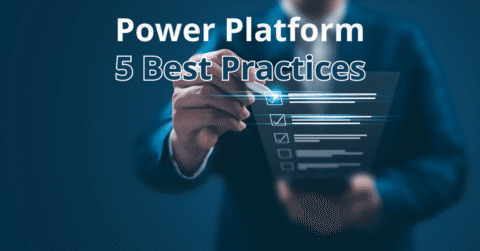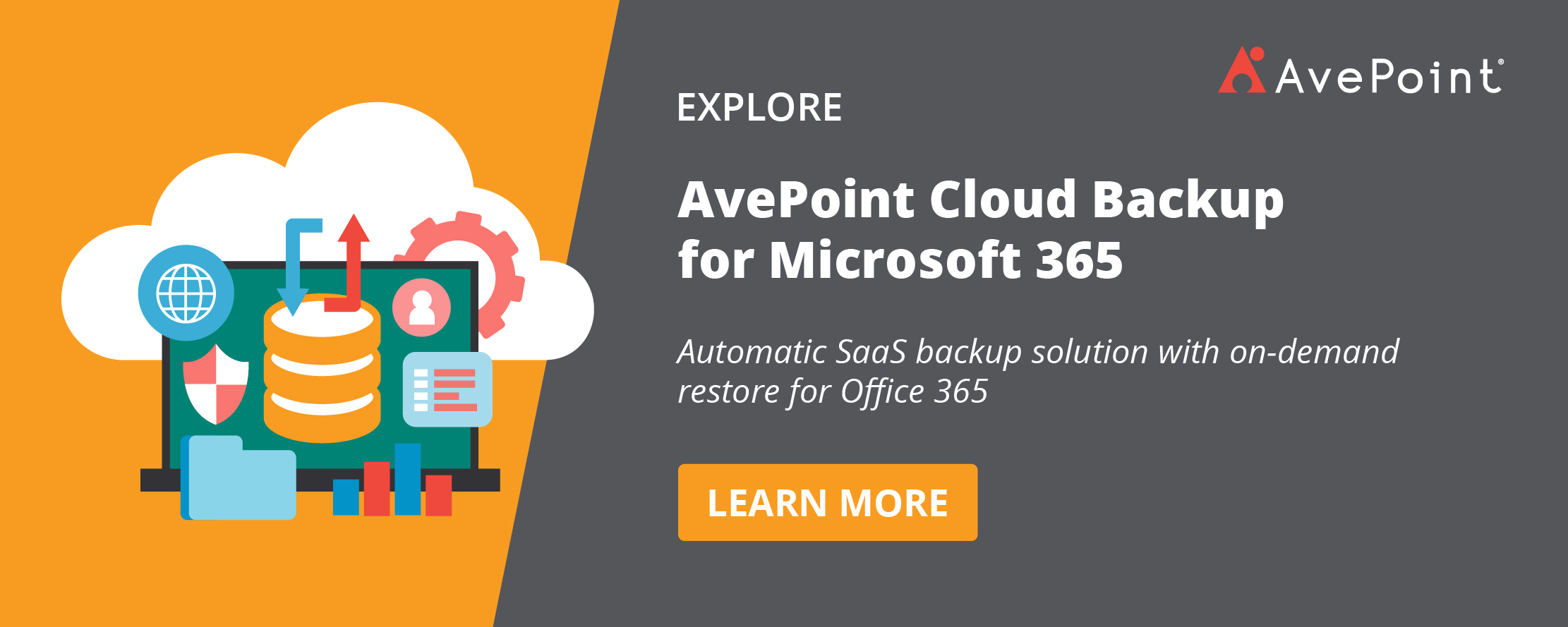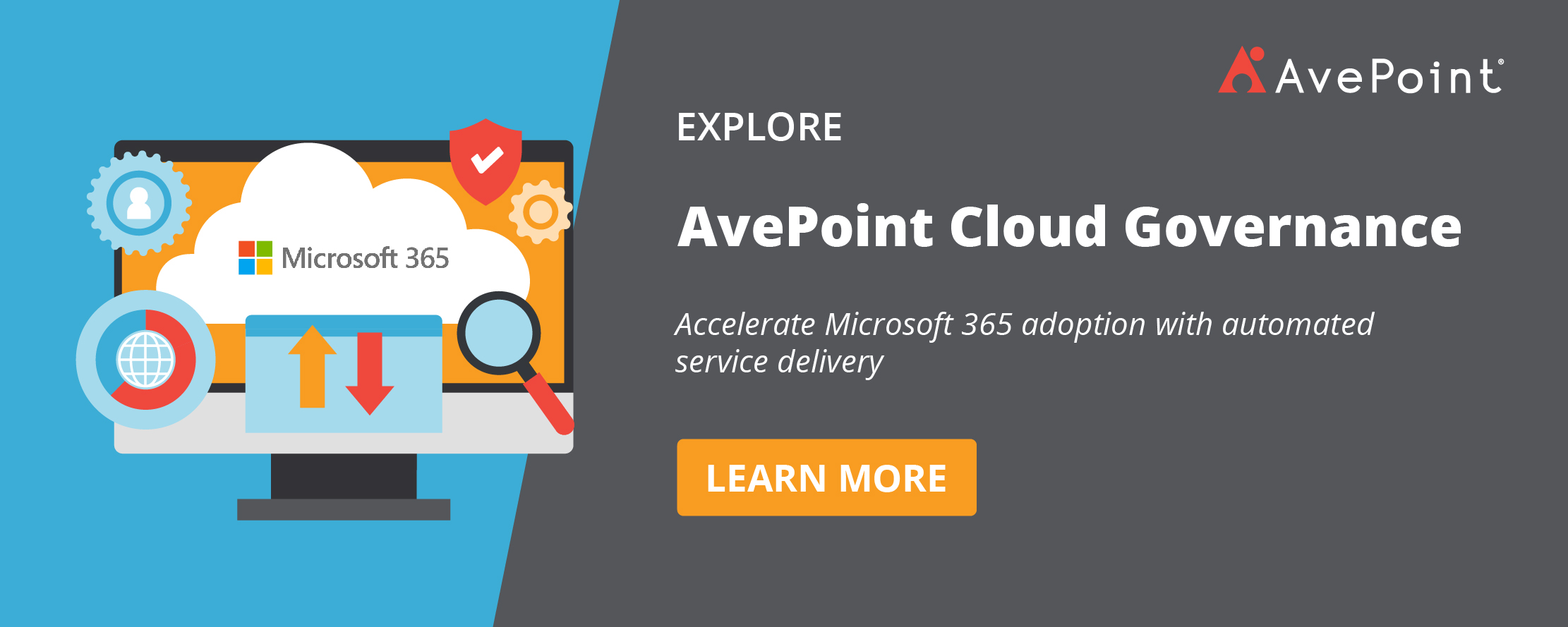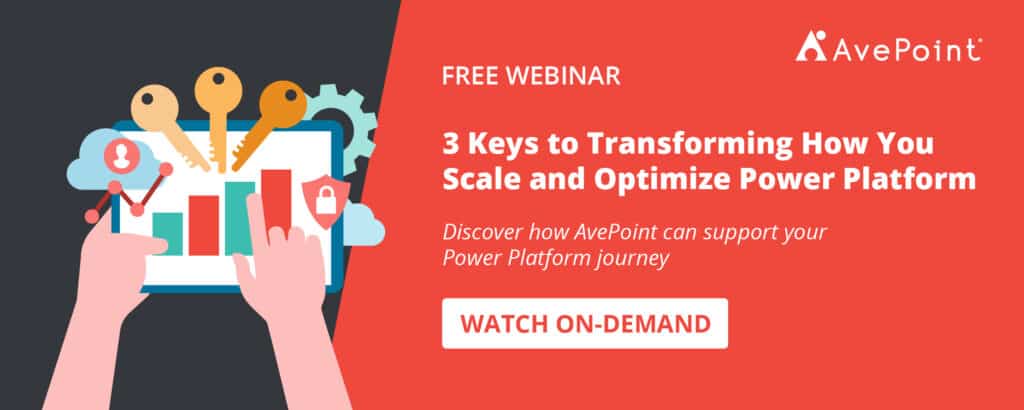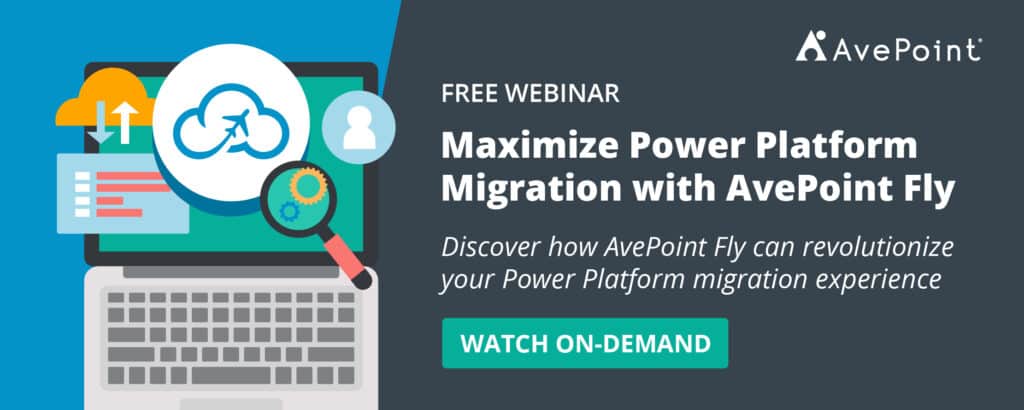As organizations rely more on automation and building digital solutions to solve business needs, low-code/no-code applications such as Microsoft Power Platform are gaining traction for their role in accelerating digital transformation.
After all, organizations can reduce development time by up to 90% by leveraging citizen developers.
But how do you ensure your Power Platform adoption doesn’t stall? To achieve long-term adoption in your Power Platform investment, you must set solid foundations to scale sustainably and avoid wasting all your time, money, and effort spent empowering your citizen developers.
The Challenges of Managing Power Platform
To scale Power Platform successfully, you must be prepared to address these five critical challenges – and implement the corresponding best practices – so you can unlock the true power of Power Platform.
1. Challenge: Like any digital workspace, data loss is a very real possibility in Power Platform.
User errors like accidental deletions or alterations are almost inevitable, and corruption and outsider threats will always be a risk. Even migration mistakes and connector bugs can increase the likelihood of losing critical data in Power Platform.
Losing data affects apps, flows, and insights that drive your business, costing you countless development hours and valuable analytics and threatening the tools your team has come to rely on.
When that happens, will you be ready to recover your lost data and ensure business continuity quickly?
Best Practice: Implement backup and recovery solutions to safeguard against losing critical Power Platform data.
It’s more than a good habit to back up your data to ensure you don’t permanently lose it — it’s a gold standard. When choosing a backup solution, look for the ability to retain your data as long as you need – including all workspaces, user permissions, reports, and event activities – along with fast, comprehensive restores, so you don’t have to take days restoring and rebuilding what you lost.
AvePoint Solution: Cloud Backup automates data backup up to 4x a day, with granular restore functions.
Keep the latest version of your apps, flows, and Power BI workspaces with a near-zero configuration for daily backup plans, and quickly recover Power Platform items with granular restores. Cloud Backup also helps monitor your Power Platform security by detecting unusual activities and potential ransomware attack events for a more proactive data loss prevention strategy.
2. Challenge: Unmonitored Power Platform objects and uncontrolled environments can lead to sprawl.
As your adoption deepens, maintaining objects and environments will be more challenging – tracking who made what and where. Some objects will be created for long-term projects, some will be built only for short-term use, and some may even be orphaned when an owner leaves the organization or simply realizes the purpose no longer serves them.
Without the right disposal strategy, inactive, unnecessary, and duplicate objects and environments will continue to exist and may lead to sprawl – causing poor visibility, slow adoption, storage issues, and even security concerns.
Best Practice: Track what is being created and what currently exists across your environments and implement a lifecycle management framework.
The first step to having better control over something is understanding it. With more information about what’s happening across your Power Platform, you can ensure that what’s in use is accounted for and what is not is appropriately disposed of from the system.
Ownership insights will be crucial in establishing proper lifecycle management. By ensuring every app, flow, and workspace has an owner and purpose, no more workspaces will be gathering dust.
AvePoint Solution: AvePoint EnPower and Cloud Governance products increase visibility and help establish a lifecycle management process for your Power Platform landscape.
With AvePoint EnPower, you’ll have a centralized, bird’s eye view of exactly what is happening in all your environments to make business-wide decisions about your Power Platform assets.
AvePoint EnPower can monitor ownership of objects and workspaces by tracking inactive or orphaned apps and flows and detecting repetitive projects by analyzing apps and flows by business context or Connector/s.
Then, with these insights, you can start to act on what needs intervention. AvePoint Cloud Governance’s lifecycle triggers enable automated recertification of workspaces so you can either properly dispose of unnecessary objects or add/replace owners to orphaned items. Dynamic workflows can also be created so that every app and flow automatically has an owner.
3. Challenge: Without the proper support and guidance to effectively use the platform, users may resort to shadow IT to get their job done.
Even with Power Platform’s easy user interface, not all users can navigate through it quickly. Understanding that citizen developers need a conducive space to learn and make mistakes is crucial. However, this can induce security concerns, as users may be putting organization data into different unsafe services and creating an unmonitored pool of data exposure.
On the other hand, a too-restrictive environment can also force users to prefer shadow IT services than spend time requesting access to capabilities they need each time they need to do their work. When there’s friction, users will choose other, easier ways to do their job.
Depending on what your users need, a right-sized approach that guides them will embolden them better than simply forcing them to do what you want.
Best Practice: Set your team up for success by limiting opportunities for mistakes and improving training.
Users are less likely to turn to shadow IT if they feel confident and empowered to use the technology. By setting up the right guiderails, you can limit user mistakes while guiding them to learn more about the technology with training.
For example, you can set DLP policies to control actions and Connectors that users can utilize in specific workspaces, guiding them to avoid exposing sensitive data to unsafe services. Then, you can create environments for them to practice and get to know the technology features better.
Or, you can set up delegated administration for a more hands-on approach and enable Role-based Access Controls (RBAC) to restrict particular services, functions, and scope to users without limiting how they use the platform to complete their tasks.
AvePoint Solution: AvePoint EnPower brings visibility and control together so you can easily track and remediate issues in a single pane.
AvePoint EnPower provides a single pane of glass for tailoring and delegating administration of the Power Platform elements by service, function, and scope. Bulk updating permissions is also simple, so changes to governance strategies are easily applied.
Centralized dashboards per product are available, equipping admins to see how users use the platform, such as insights on creation and trends. These insights can help provide a solid guide on how best to train employees better and what needs to be addressed further.
With AvePoint EnPower, you can maintain control and empower citizen developers in one single place, simplifying Power Platform usage and management.
4. Challenge: Security and compliance issues will arise if security policies and safeguards are not set up correctly.
Power Platform’s capability to connect to multiple sources to finish tasks efficiently makes it powerful. This ability, however, is a two-edged sword – that same feature can induce security issues, such as exposure of sensitive data to unwanted access and unsafe services.
Without safeguards in place, users can easily use your sensitive data in their flows and apps and even share it with users outside your organization.
Best Practice: Set granular policies (DLP and beyond) to control user actions and access.
Power Platform Connectors play a crucial role in how your data is used (pulled as a source) and integrated with services (native Microsoft tools or third-party apps) when building apps and flows. It is critical, then, to manage your Connectors to ultimately control access to data and how it is utilized throughout your Power Platform environment.
Power Platform’s Data Loss Prevention (DLP) policies can help you do that. With DLP policies, you can choose which of your Connectors are allowed for users to use for their apps and flows (and which Connectors can be grouped together) and which ones are entirely prohibited from being used or connected with other Connectors.
This strategy will not only prevent mistakes but can also stop malicious insiders or outside threats from connecting your data to risky apps or external data sources.
AvePoint Solution: AvePoint EnPower enables better security monitoring and advanced DLP policy creation settings for every environment.
By controlling Connectors, you guarantee that your data is being handled only according to your security best practices. But you can further enhance Microsoft’s native DLP policies. With AvePoint EnPower, you have better security controls by choosing which actions are only allowed for users to use within Connectors.
AvePoint EnPower also helps centralize your Power Platform insights, where you can see all your apps, flow, and reports in an inventory list. From this list, you can take actionable steps to individual or bulk items to ensure compliance.
5. Challenge: When everyone creates in one environment, mistakes and accidental changes can happen to development processes.
Creating the right environment for every user journey stage is crucial. New users will be more prone to make mistakes and shouldn’t have access to the same tools as your power users. In contrast, experienced users will need more capabilities with less restraints to create more impactful applications and workflows.
If all your users are creating in one single environment, you’re brewing a workspace where mistakes are bound to happen, like accidentally deleting on-the-making apps or ruining critical flows. Security concerns are also bound to arise, such as your sensitive data being vulnerable to all the users in your entire environment.
Best Practice: Adopt a multi-environment strategy to prevent mistakes that can impact development processes and security best practices.
Because DLPs can be applied at the tenant or environment level, using multiple environments enables you to set more granular DLPs and allow some Connectors to be used in some environments and not others.
This practice can create the perfect space for beginners to make mistakes without limiting your pro developers’ access to advanced capabilities or more sensitive data sources.
By also leveraging security groups, you can further limit access to your environments by only allowing certain groups of people (for example, project teams or departments) to access and create apps and flows in an environment, further helping protect data.
AvePoint Solution: With AvePoint EnPower and AvePoint Fly, maintaining an environment strategy is a breeze.
With AvePoint EnPower, you can replicate apps and flows across environments with ease. Before moving an app or flow from one environment to another, analyze its components and Connector(s) to ensure a successful move.
Then, move seamlessly from environment to environment (or even tenant-to-tenant) with Fly. You can map, filter, and schedule, or migrate in real-time, all while Fly maintains permissions, metadata, and associated flows or apps during the move, so you don’t lose data along the way.
That means an application that worked in test will easily move (and work!) in production, saving you time and a headache while maintaining necessary security controls.
Conclusion
Maintaining a flexible and secure Power Platform landscape for your users — both citizen developers and pro developers alike — can be tricky. As your adoption matures, you will encounter more complex challenges that will require valuable time and effort to address.
By consistently following best practices with the help of advanced tools that simplify the protection, migration, management, and governance of your Power Platform environment, scaling Power Platform successfully can be an easy feat.

